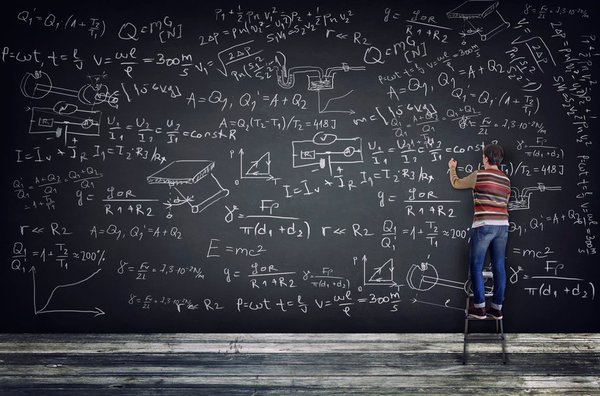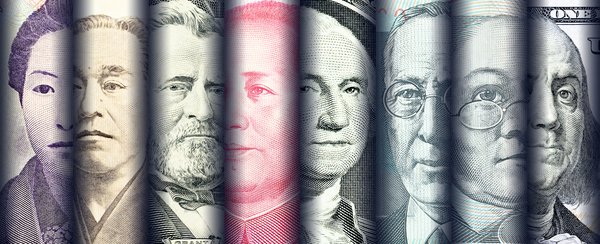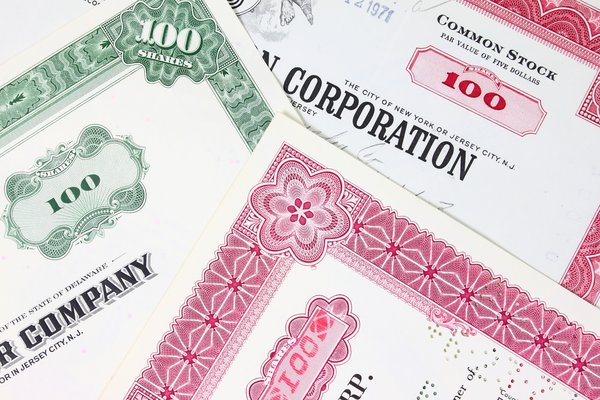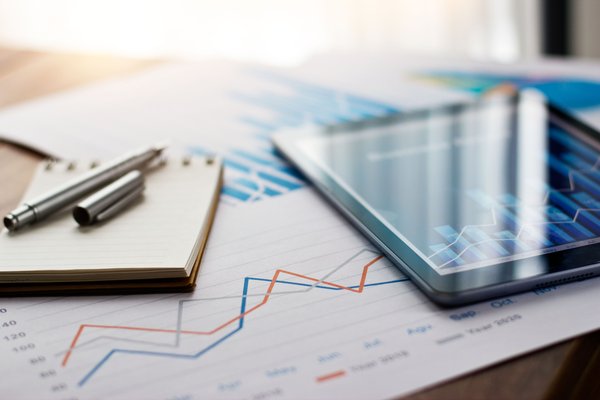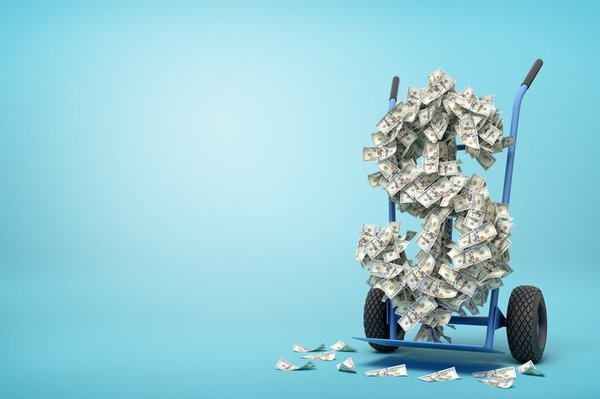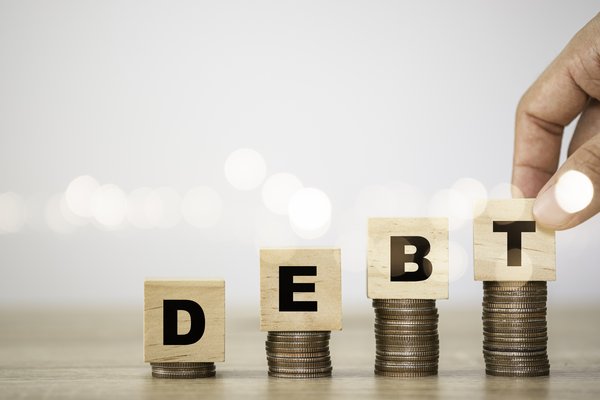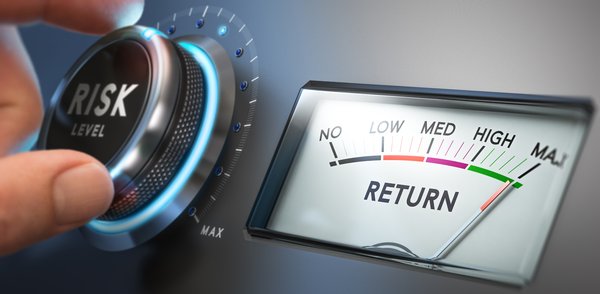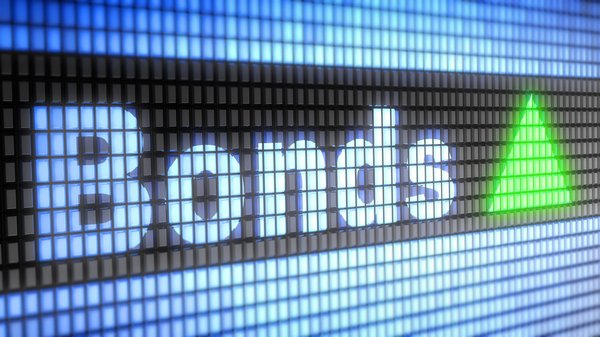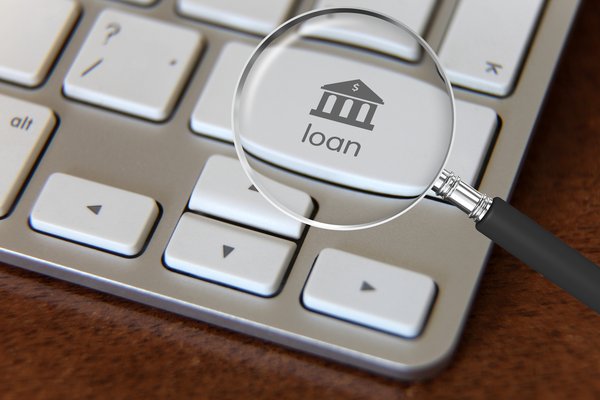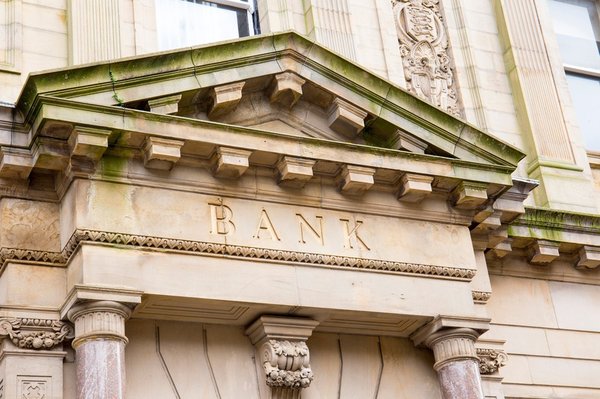The basic premise of finance is that money has time value -- a dollar in hand today is worth more than a dollar in the future. The study of finance seeks to make it possible to compare the value of a future dollar in terms of present dollars. Below, we'll show you how to calculate the present value of a stream of free cash flows expected over several years.

Calculating the present value
Calculating the present value
Suppose you own the exclusive right to sell hot dogs at the neighborhood Little League ballfield. Your exclusive contract expires in five years, so you don't exactly know what will happen six years from now.
However, you do have a very good idea of what your sales, profits, and free cash flows should look like over the next five years, during which you are the exclusive hotdog vendor. Thus, you project that the stand will produce the following free cash flows each year:
Year 1: $50
Year 2: $75
Year 3: $100
Year 4: $110
Year 5: $110
You understand, of course, that projections are inherently inaccurate because no one has a crystal ball. You also know that the cash flows you expect to receive in year five can't possibly be worth as much as a dollar you received in year one because you have to wait longer to receive the money.
You want to know what the hot dog business is theoretically worth. You believe the hotdog stand is a relatively low-risk venture and assume the cash flows should be discounted at a rate of 10% per year.
Once you have the discount rate you like (10%) and the free-cash-flow projections (listed above), the next step is to start doing the math.
Discounting the cash flows
Discounting the cash flows
To calculate the present value of any cash flow, you need the following formula: Present value = expected cash flow ÷ (1 + discount rate)^number of periods
Year one
For year one, the math would look like this:
Present value = $50 ÷ (1 + .10)^1
Present value = $50 ÷ (1.10)^1
Present value = $50 ÷ 1.10
Present value = $45.45
In completing the steps, you learn that the present value of $50 is $45.45 at a 10% discount rate. Hence, the year one cash flow of $50 has a present value of $45.45.
Year two
The year two cash flow would be discounted similarly:
Present value = $75 ÷ (1 + .10)^2
Present value = $75 ÷ (1.10)^2
Present value = $75 ÷ 1.21
Present value = $61.98
Thus, the second-year free cash flow of $75 is equivalent to having $61.98 in hand today, assuming we can earn a 10% return on our money.
These steps are repeated until every cash flow has been discounted. I'll skip the work for the remaining cash flows and just show you the answers. Compare the answers you calculate for each cash flow to those in the table below.
| Year | Expected Cash Flow | Present Value |
|---|---|---|
| 1 | $50 | $45.45 |
| 2 | $75 | $61.98 |
| 3 | $100 | $75.13 |
| 4 | $110 | $75.13 |
| 5 | $110 | $68.30 |
| Total | $445 | $326.00 |
The last and final step is to sum up all the present values of each cash flow to arrive at a present value of all the business's projected free cash flows. We calculated the present value of the total free cash flows at $326. Thus, if you were to sell this business based on its expected cash flows and a 10% discount rate, $326.00 would be a very fair price.
Take careful note that the higher the discount rate and the longer the time period you expect to wait for each cash flow, the less value it will have in the present. Notably, in our example, we expect $110 in cash flows for the year four and year five periods. However, the year four cash flow is worth more because it is discounted by fewer periods than the year five cash flow.




















